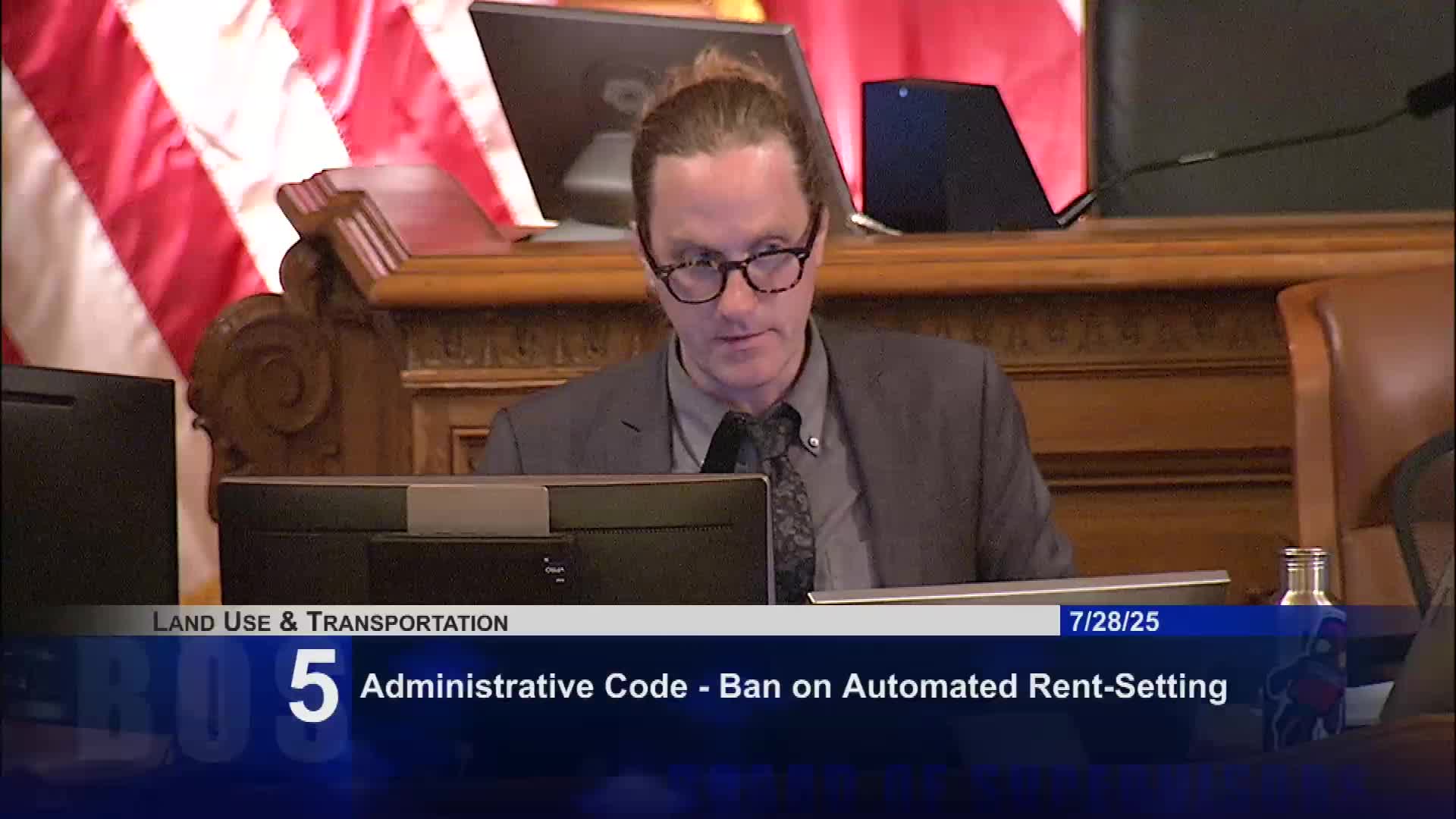San Francisco committee reviews funding and design of West Side firefighting water system
July 28, 2025 | San Francisco County, California
This article was created by AI summarizing key points discussed. AI makes mistakes, so for full details and context, please refer to the video of the full meeting. Please report any errors so we can fix them. Report an error »

In a pivotal meeting at San Francisco City Hall, officials gathered to discuss the urgent need for an upgraded emergency firefighting water system on the West Side of the city. Supervisor Chan, who has championed this cause, emphasized the importance of the project, which has seen costs soar from an initial estimate of $15 million per mile to a staggering $42 million. This increase is attributed to inflation, rising material costs, and the complexity of the infrastructure required.
The San Francisco Public Utilities Commission (SFPUC) presented updates on the Emergency Firefighting Water System Capital Program, highlighting that a total of $300 million in bonds has been allocated to enhance the system. This includes the construction of new pipelines and pump stations designed to withstand seismic events, ensuring reliable water supply for firefighting efforts post-earthquake.
Katie Miller, director of water capital programs at SFPUC, outlined the dual purpose of the new system: to provide high-pressure water for firefighting and low-pressure water for drinking during emergencies. The project aims to create a robust network of pipelines that can effectively combat fires, especially in light of the increasing threat posed by climate change and natural disasters.
Concerns were raised by community members during public comments, with some questioning the logic of using potable water for firefighting. They argued that in the event of a major fire, the city could face a shortage of drinking water, especially if the aqueducts supplying it were compromised. Suggestions were made to explore alternative water sources, such as seawater, to bolster firefighting capabilities without jeopardizing the drinking water supply.
As the meeting concluded, the urgency of the project was palpable. With the potential for multiple ignitions following a significant earthquake, the need for a reliable firefighting infrastructure has never been more critical. The city is committed to ensuring that all neighborhoods, including those in the outer districts, benefit from these investments, with plans for ongoing updates and community engagement as the project progresses.
The San Francisco Public Utilities Commission (SFPUC) presented updates on the Emergency Firefighting Water System Capital Program, highlighting that a total of $300 million in bonds has been allocated to enhance the system. This includes the construction of new pipelines and pump stations designed to withstand seismic events, ensuring reliable water supply for firefighting efforts post-earthquake.
Katie Miller, director of water capital programs at SFPUC, outlined the dual purpose of the new system: to provide high-pressure water for firefighting and low-pressure water for drinking during emergencies. The project aims to create a robust network of pipelines that can effectively combat fires, especially in light of the increasing threat posed by climate change and natural disasters.
Concerns were raised by community members during public comments, with some questioning the logic of using potable water for firefighting. They argued that in the event of a major fire, the city could face a shortage of drinking water, especially if the aqueducts supplying it were compromised. Suggestions were made to explore alternative water sources, such as seawater, to bolster firefighting capabilities without jeopardizing the drinking water supply.
As the meeting concluded, the urgency of the project was palpable. With the potential for multiple ignitions following a significant earthquake, the need for a reliable firefighting infrastructure has never been more critical. The city is committed to ensuring that all neighborhoods, including those in the outer districts, benefit from these investments, with plans for ongoing updates and community engagement as the project progresses.
View full meeting
This article is based on a recent meeting—watch the full video and explore the complete transcript for deeper insights into the discussion.
View full meeting
